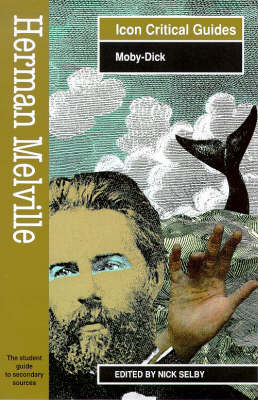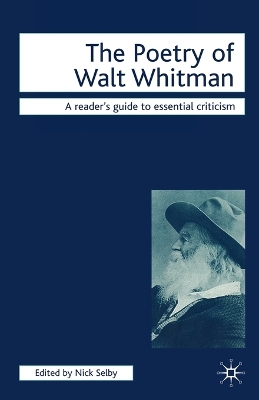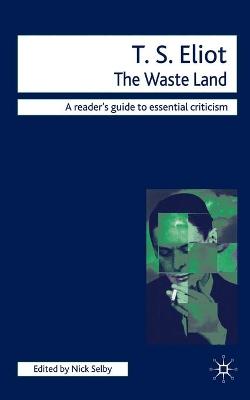Readers' Guides to Essential Criticism
3 total works
On its publication in 1851, Moby-Dick baffled and enthralled readers and critics on both sides of the Atlantic. Hailed by some as a work of genius and the first truly American novel, it was dismissed by others as the ravings of a madman. It has since become widely accepted as a masterpiece that anticipates many of the experiments of modernism. The huge range of critical and academic debates about this monster of a novel confirms Moby-Dick's status as a vital and exhilarating exploration of the role of American ideology in defining modern consciousness.
In this Readers' Guide, Nick Selby offers a clear view of the development of critical debate about Moby-Dick. The Guide starts with extracts from Melville's own letters and essays and from early reviews of Moby-Dick that set the terms for later critical evaluations. Subsequent chapters deal with the 'Melville Revival' of the 1920s and the novel's central place in the establishment, growth and reassessment of 'American Studies' in the 1940s and 1950s. The final chapters examine postmodern 'New Americanist' readings of the text, and how these provide us with new models for thinking about American culture.
In this Readers' Guide, Nick Selby offers a clear view of the development of critical debate about Moby-Dick. The Guide starts with extracts from Melville's own letters and essays and from early reviews of Moby-Dick that set the terms for later critical evaluations. Subsequent chapters deal with the 'Melville Revival' of the 1920s and the novel's central place in the establishment, growth and reassessment of 'American Studies' in the 1940s and 1950s. The final chapters examine postmodern 'New Americanist' readings of the text, and how these provide us with new models for thinking about American culture.
Nick Selby assembles some of the most important critical writings about Walt Whitman in order to demonstrate how critical debate about him has reflected changing perceptions of America itself. Beginning with essays by Emerson and Whitman, and reviews of the first edition of Leaves of Grass (1855), this Readers' Guide discusses the literary expectations that Whitman transgressed, and continues by examining his gradual critical elevation into America's spokesman, its 'good gray poet', and his place in the growth of 'American Studies' in the 1940s and 1950s. In its final chapters the Guide explores postmodern, cultural materialist, and 'queer' readings of Whitman's poetry.
In this Readers' Guide, Nick Selby brings together some of the most important critical writings about The Waste Land and provides a clear discussion of their place within the development of critical theory from modernism to postmodernism. The Guide begins with early reviews and discussions from the 1920s and 30s, considered alongside Eliot's own critical essays, showing how he set the critical terms by which his poem has been read. Moving on to examine the ways in which the poem became accepted as a literary classic, the Guide then looks at 'New Critical' and 'Formalist' readings. The final chapters examine radical reassessments of the poem that have taken place in recent criticism, drawing upon 'deconstructive' readings that challenge The Waste Land's assumed cultural power by looking at it in the light of Marxist, feminist, psychoanalytical and cultural materialist reading practices.


